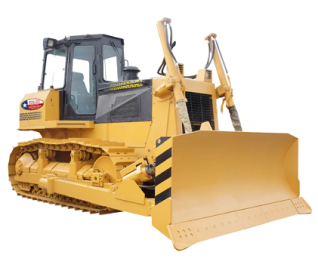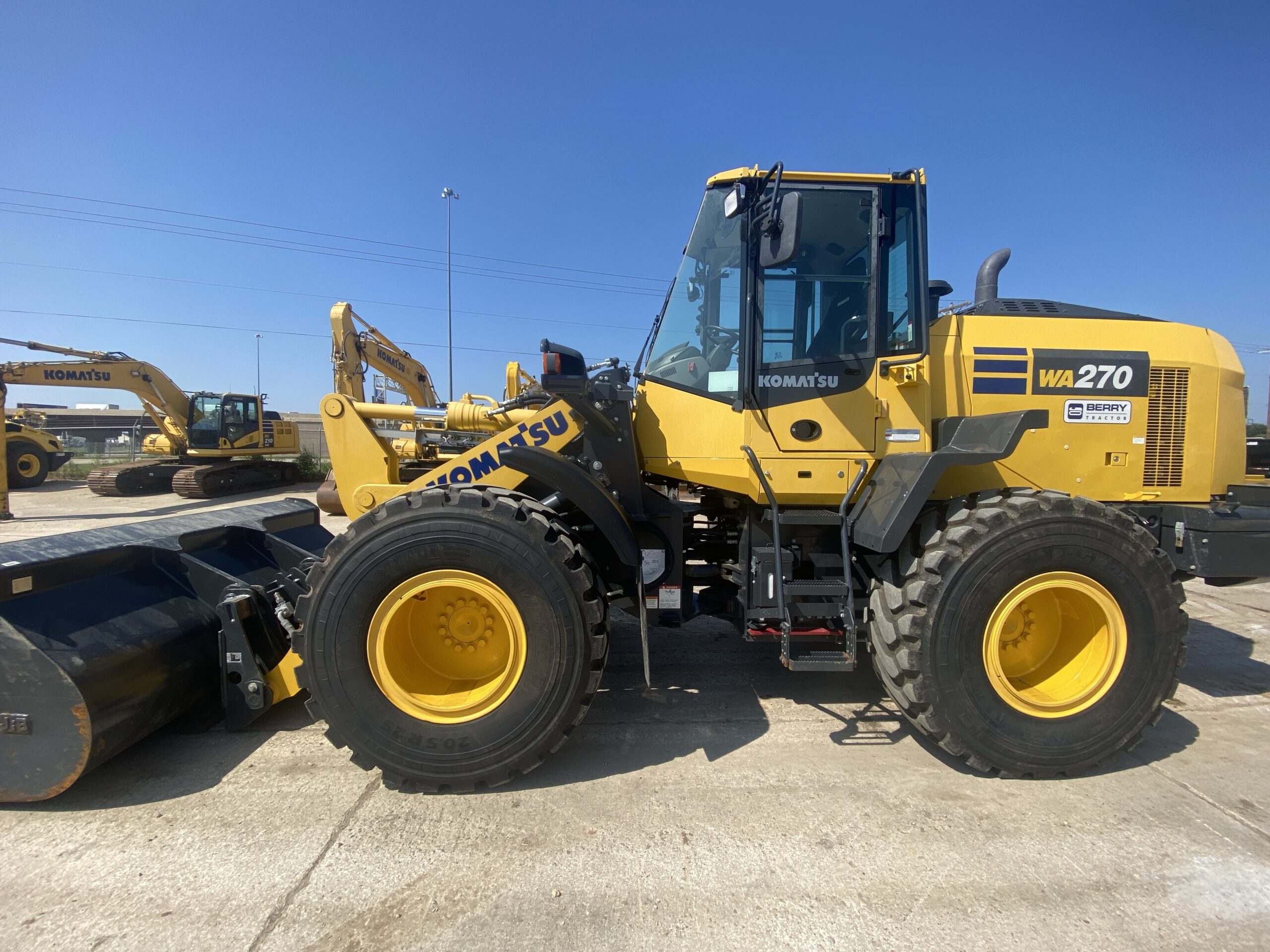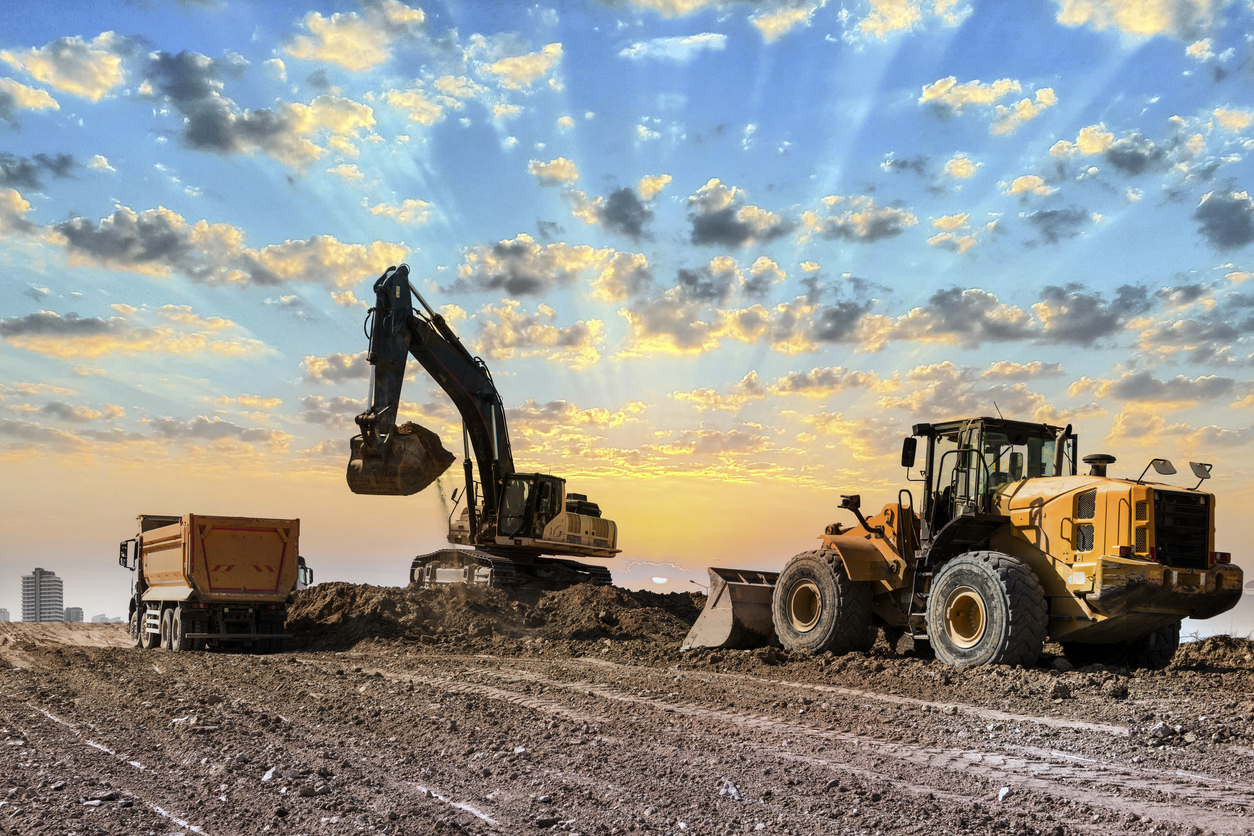Exactly How to Pick the very best Skid Guide Loader for Your Building And Construction Rental
Picking the optimal skid guide loader for your building and construction leasing is a multifaceted decision that rests on a detailed evaluation of your task's one-of-a-kind requirements. Secret factors to consider consist of the type of surface, required add-ons, maker size, and engine power to stabilize workload effectiveness with gas consumption. Additionally, reviewing rental costs from numerous suppliers, while factoring in logistics and insurance, is crucial for a cost-effective option. Prioritizing driver convenience and safety features can substantially improve productivity, however just how do you ensure you make the most educated choice? Allow's explore the necessary action in greater detail.
Examine Your Task Needs
When reviewing the most effective skid steer loader for your demands, it is vital to initial evaluate your project needs comprehensively. Take into consideration the nature of the tasks you aim to achieve, as this will considerably influence your option. A job involving heavy material handling might demand a loader with higher lifting ability, whereas accuracy tasks like landscaping might benefit from a version with enhanced ability to move.
Next, inspect the workplace. Task websites vary commonly, from confined urban locations to expansive country settings. Understanding the terrain and spatial constraints aids in selecting a skid guide loader that can operate effectively within these parameters. In addition, recognize the certain accessories required for your tasks, such as containers, augers, or trenchers, as various versions sustain differing attachment types and dimensions.
Temporary jobs could focus on rental options with versatile terms, while long-lasting or reoccuring tasks could warrant the investment in a purchase. By extensively evaluating these factors, you can make an enlightened decision that straightens with your job needs, therefore enhancing efficiency and efficiency.
Determine the Right Dimension
Selecting the right dimension skid steer loader is pivotal in ensuring ideal performance and performance on your job website. The size of the loader influences not only the ease of maneuverability yet additionally the capability and viability for different building tasks. To determine the right dimension, one should think about the nature and scale of the work involved. Little to mid-sized loaders are perfect for tight rooms and lighter jobs such as landscaping or domestic building and construction. These compact machines provide outstanding versatility and are much easier to carry.
Alternatively, bigger skid guide loaders are developed for durable procedures. aerial lift rental Bremen GA. They are much better fit for comprehensive building sites where greater lift capabilities and additional security are needed. The physical measurements of the machinery should likewise be taken into consideration, especially in constrained atmospheres where bigger tools may not be functional

Additionally, the loader's weight and its effect on the terrain need to be evaluated. Larger devices can cause ground variation, making them less appropriate for soft or fragile surface areas. By very carefully evaluating task needs and website problems, one can choose a skid steer loader that takes full advantage of productivity while lessening functional restraints.
Evaluate Engine Power

When evaluating engine power, take into consideration the sort of workplace and the nature of the jobs the loader will certainly carry out. A higher horsepower engine can deal with sturdy surfaces and demanding work much more efficiently, minimizing the threat of functional delays and mechanical tension. Additionally, a lot more effective engines often provide much better hydraulic efficiency, which is critical for add-ons that need significant hydraulic flow and stress.

Think About Attachments
Attachments play an essential role in optimizing the convenience and performance of a skid steer loader. These versatile tools can change a solitary maker right into a multi-functional giant capable of tackling diverse tasks on a building site. When taking into consideration attachments, it is vital to assess the details demands of your job. Common accessories include containers, augers, plates, pallet forks, and brush cutters, each made to perform distinctive features.
Before finalizing your option, ensure the skid guide loader model you select is compatible with the attachments you plan to use. Some devices demand greater hydraulic capacities, which ought to line up with the loader's requirements.
Decide for attachments from respectable manufacturers recognized for their durable building and construction and longevity. Evaluate the simplicity of attachment transition. By meticulously considering these variables, you can considerably boost the operational effectiveness and flexibility of your skid guide loader.

Review Rental Expenses
When evaluating the monetary elements of a skid guide loader, recognizing rental costs is paramount (dozer rental Bremen GA). Rental expenses can vary dramatically based on several elements, including the period of the service, the model and specifications of the skid guide loader, and the inclusion of any additional add-ons. It is crucial to get a detailed breakdown of these costs to ensure there are no surprise costs that might affect your budget
Begin by comparing quotes from numerous rental business to determine a competitive rate. Take note of the terms of each rental agreement. Some firms could provide discount rates for extended service durations, which can be valuable for lasting projects. Furthermore, ask about the price of supplying and choosing up the equipment, as these construction tower crane logistics fees can accumulate promptly.
One more facet to consider is the expense of insurance coverage important site and prospective obligation for damages. Make sure that the rental consists of appropriate coverage or identify if added insurance is required. Assess the cost-effectiveness of purchasing the skid versus leasing guide loader if your job extends a considerable timeframe. By carefully reviewing rental prices, you can make a well-informed decision that lines up with your economic restrictions and project requirements.
Conclusion
Choosing the optimal skid guide loader for construction rental requires a detailed evaluation of project-specific requirements, including surface and essential accessories. Establishing the ideal size is vital for fitting job range and constrained spaces. Engine power need to be analyzed to guarantee it fulfills work demands while maintaining fuel performance. Additionally, rental costs from different business must be reviewed, including logistics and insurance considerations. Focusing on driver comfort and safety attributes will inevitably boost efficiency and contribute to project success.
Choosing the ideal skid steer loader for your construction leasing is a multifaceted decision that pivots on a complete examination of your task's one-of-a-kind needs.Before finalizing your choice, guarantee the skid guide loader design you pick is suitable with the attachments you plan to make use of.When evaluating the financial elements of a skid steer loader, understanding rental expenses is critical. Rental costs can differ considerably based on numerous aspects, consisting of the duration of the leasing, the model and specifications of the skid guide loader, and the incorporation of any kind of additional accessories.Choosing the ideal skid guide loader for building and great post to read construction rental necessitates a comprehensive evaluation of project-specific needs, consisting of terrain and needed attachments.